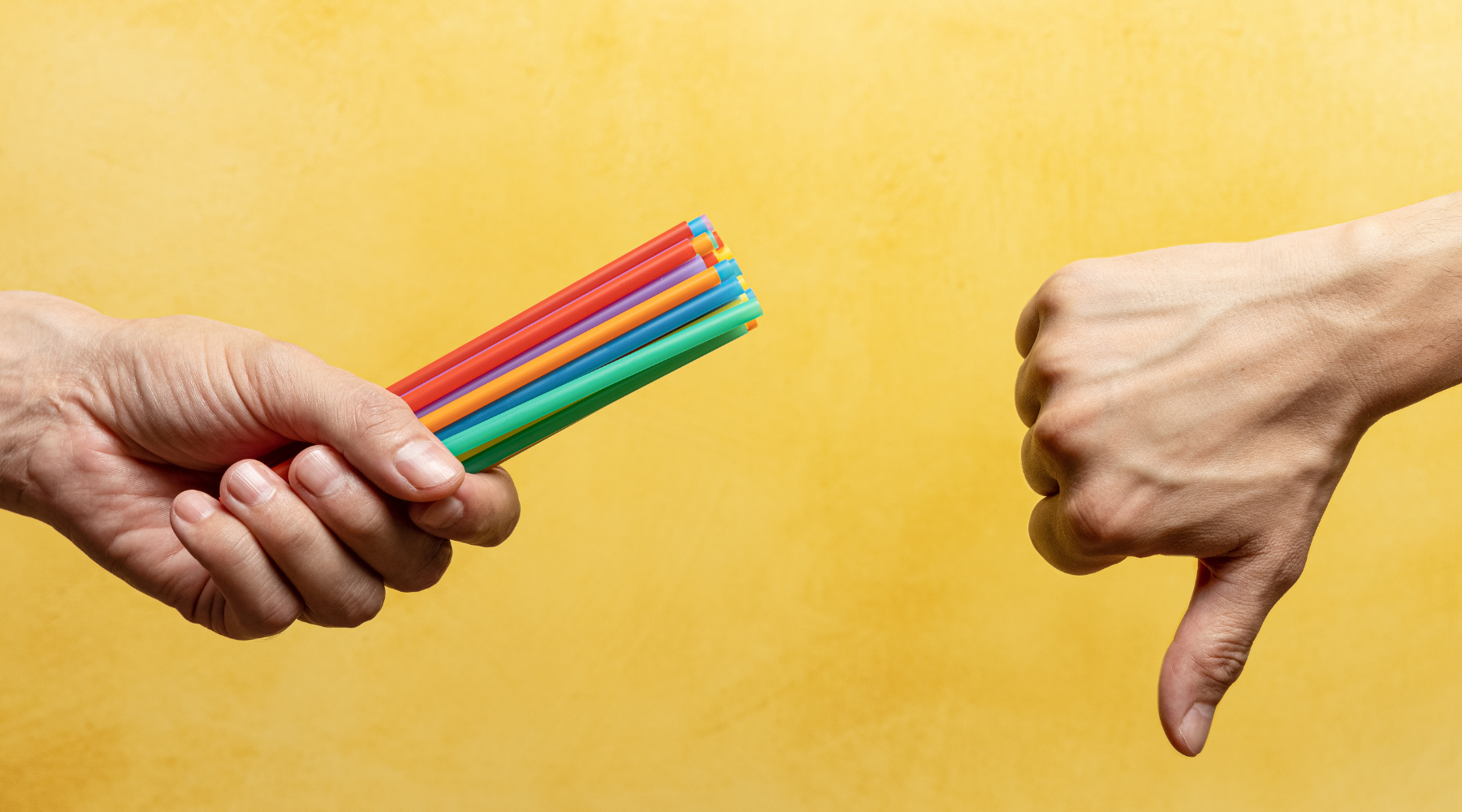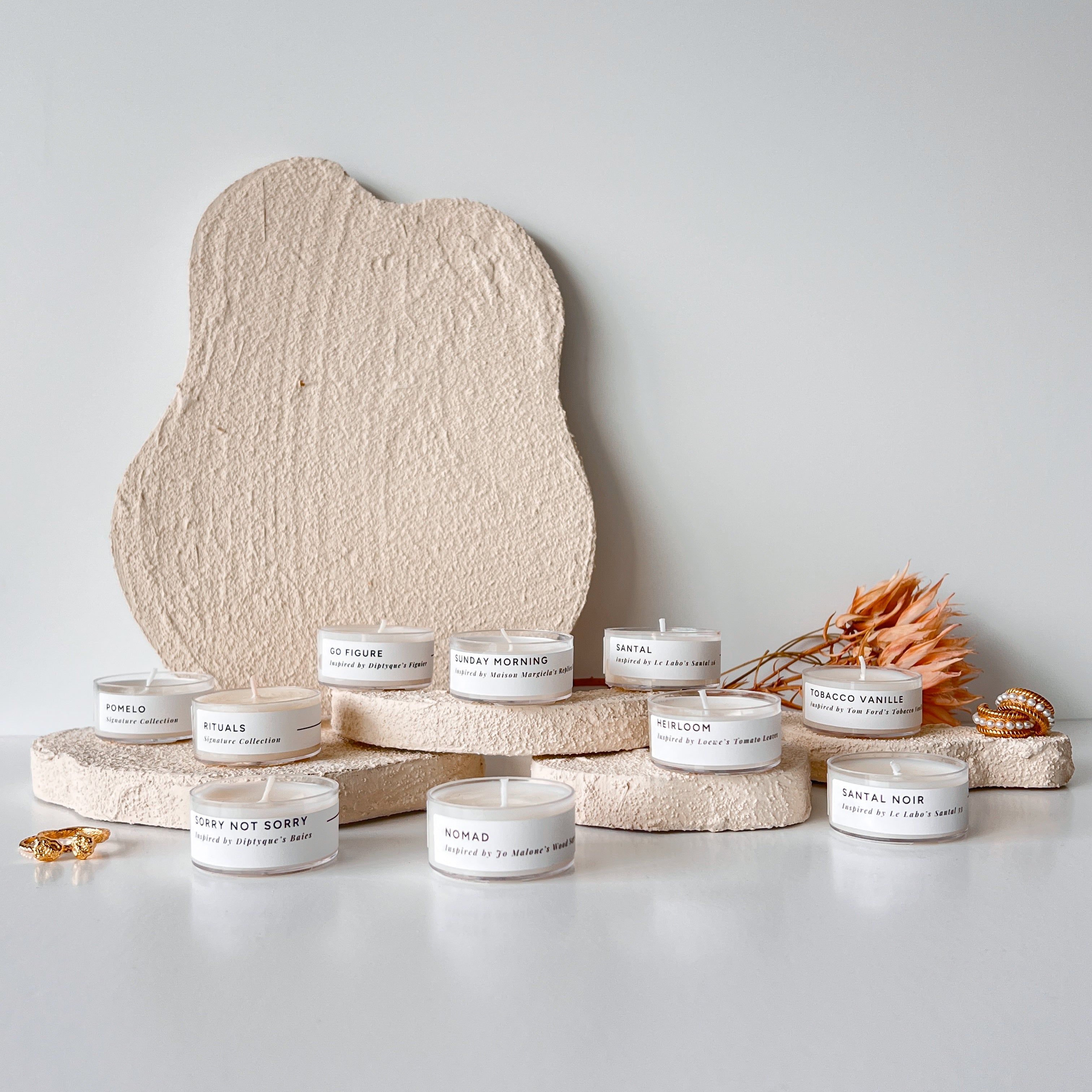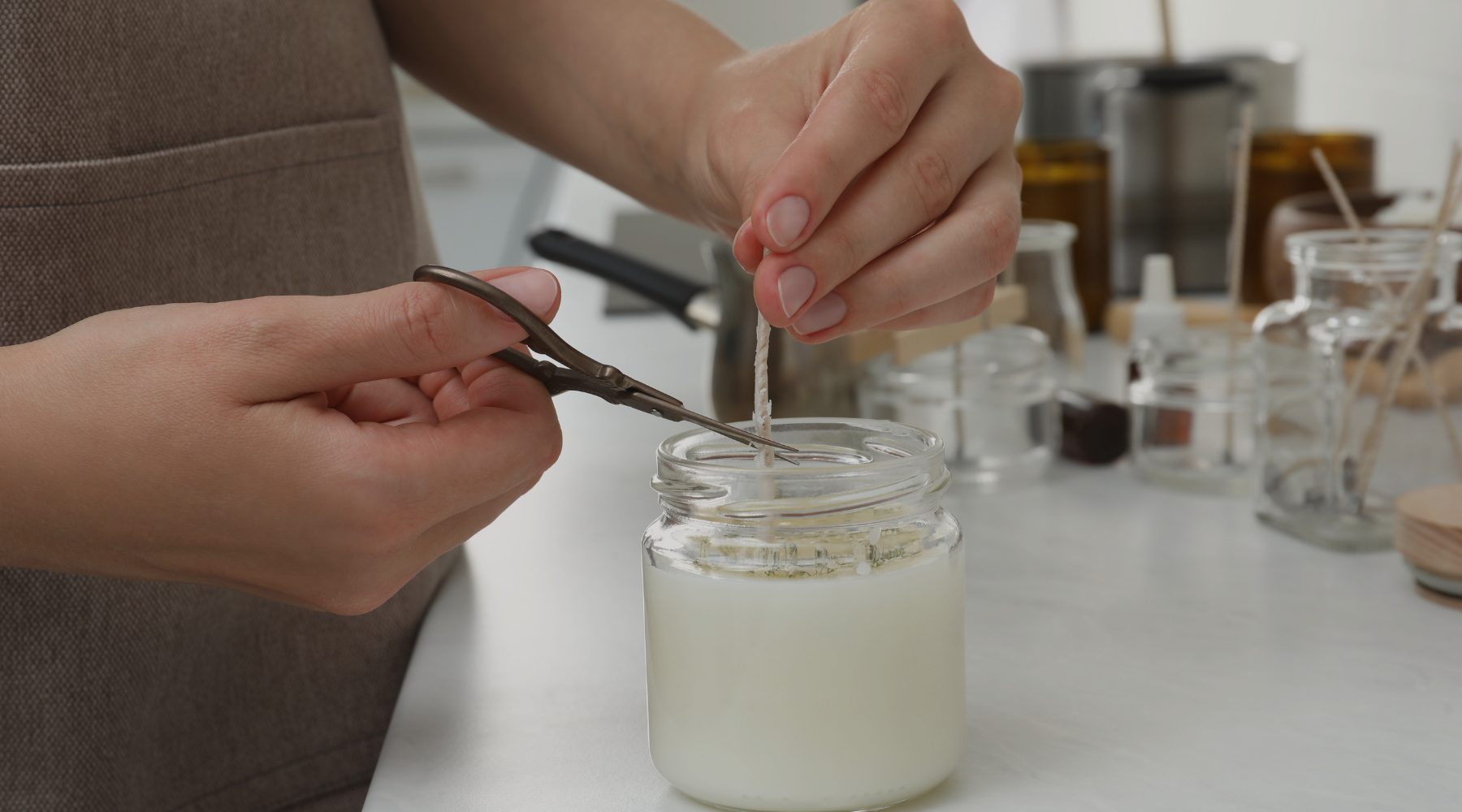
What is Throwaway / Single-Use Culture?
In today's world, we live in an era of convenience, but with that convenience comes a significant cost: the rise of throwaway culture. But what exactly is it, and how did we get here?
Let’s break it down.
What is Throwaway Culture?
Throwaway culture refers to the widespread practice of using products once—or only a few times—before discarding them. Think single-use plastics, fast fashion, and yes, even candles. It’s a mindset that prioritizes convenience over sustainability, where products are designed for short-term use, despite lasting environmental impacts.
How Did it Begin?
The roots of throwaway culture trace back to the 1950s when mass production began to explode, particularly in post-war economies. As factories ramped up production, it became cheaper and easier to manufacture disposable products. Couple that with marketing campaigns encouraging the allure of "newness," and soon, the cycle of buy-use-dispose became ingrained in daily life.
Over time, this culture spread to nearly every consumer industry. From packaging to fashion and, of course, candles, products became more about instant gratification than durability.
Where Do We See Throwaway Culture the Most?
One glance around your home or office and you’ll likely see the effects of throwaway culture. It's most prevalent in:
-
Packaging: Single-use plastics, takeaway containers, and plastic bags are among the biggest offenders.
-
Fashion: Fast fashion encourages quick turnover, leading to piles of discarded clothes.
- Consumer Goods: Everything from electronics to home decor, including candles, are designed to be used for short periods before they are thrown away.
How is Throwaway Culture Impacting the Environment?
The environmental impacts of throwaway culture are vast and far-reaching. On the surface, it creates tons of waste that fill landfills, clog waterways, and harm wildlife. However, the deeper issue lies in the carbon footprint of these products. Each item requires raw materials, energy to produce, and transportation—leading to significant carbon emissions at every stage of the process.
For instance, glass, a material commonly used in candle jars, can take up to 1 million years to decompose in landfills. Every year, an estimated 1 billion candle jars are thrown away globally, with approximately 300 million of those coming from the U.S. alone. That’s billions of jars that will sit in landfills for centuries unless we start making changes.
The carbon footprint associated with manufacturing, transporting, and disposing of these jars is immense. These emissions contribute to global warming, air pollution, and the depletion of natural resources.
Taking a Stand Against Throwaway Culture
We believe it’s time to rethink how we consume candles – our mission is simple: modernize the way we candle and challenge the throwaway culture surrounding them.
That’s why we created our Deconstructed Candles™, a DIY refill kit designed to give your old jars a second life. Instead of tossing out your finished candle, you can easily refill it using our eco-friendly, coconut-soy blend wax and non-toxic fragrance oils. By refilling instead of replacing, you’re doing more than just saving money—you’re making a real impact.
Here’s how:
-
Reduce waste: by reusing what you already have
-
Save resources: by cutting down on the need for new materials
-
Lower carbon footprint: by minimizing the energy and raw materials needed to produce and transport new candle jars
-
Spreading awareness: by showing others how easy it is to make a difference
Not only are you reusing what you already have, but you’re also spreading awareness by showing others just how easy it is to make a difference. And these small steps, when multiplied by many, can create lasting change.
The Impact of Reusing Candle Jars: A Look at the Numbers
To put it into perspective:
- It’s estimated that the global candle market produces 2.5 billion candles annually.
- Out of those, 1 billion glass jars are discarded each year.
- By simply reusing one candle jar, you could prevent up to 10 pounds of CO2 from being emitted over the course of a year, just from the energy saved in manufacturing and transportation.
And while the practice of reusing candle jars is still in its early stages, more people are beginning to recognize its importance. The trend toward sustainable living is growing globally, with 60% of consumers saying they prefer eco-friendly packaging. By incorporating sustainable habits, like reusing jars, we can be part of this growing movement.
The Path Forward: Every Little Action Counts
Throwaway culture is a big challenge, but it’s not insurmountable, and we’re dedicated to being part of the solution. Our Deconstructed Candles™ are just one small step in tackling this issue, but every small action counts. If we come together as a collective and change our habits—even just a little—it can lead to a major shift toward sustainability.
We invite you to join us in rethinking how we consume candles and how we can all contribute to a cleaner, greener future. Every jar you refill is one less jar in a landfill—and that’s a difference worth making.











